Contact Us
 Core Technologies Core Technologies
Products overview
 Ambrotose®
Ambrotose®
glyconutrient

Health Solutions:
 Ambrotose AO® Ambrotose AO®
antioxidant
 MannaBears ®
MannaBears ®
with Ambrotose
 PhytoBurst™ PhytoBurst™
nutritional chews
 NutriVerus™ NutriVerus™
multi-blend
 Optimal Support
Optimal Support
Packets
 PhytoMatrix®
PhytoMatrix®
vitamin/mineral
 PLUS™ PLUS™
endocrine health
Targeted Support:
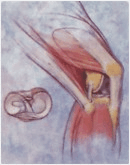 BounceBack® BounceBack®
/anti-inflammatory*
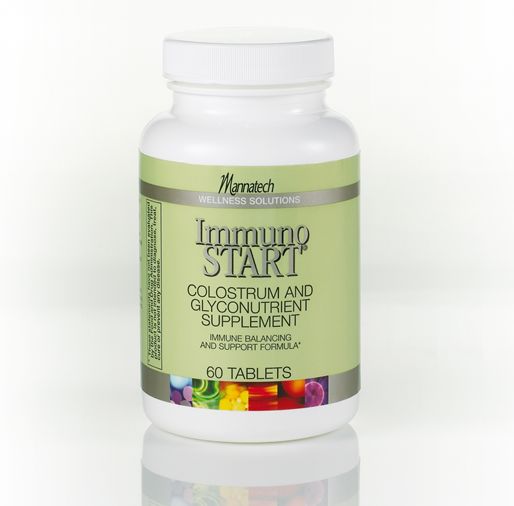 ImmunoStart® ImmunoStart®
immune support
 GI-ProBalance® GI-ProBalance®
probiotic
 MannaCLEANSE™ MannaCLEANSE™
digestive support
 Optimal Support
Optimal Support
Packets
 Omega-3 Omega-3
with D3
 Uth™ Uth™
 new skin care
new skin care
Weight and Fitness:
 OsoLean® OsoLean®
fat loss
 GlycoSlim®
meal GlycoSlim®
meal
replacement drink mix
Glycemic Diet
Glycemic Diet-2
*allow 4 - 6 weeks for optimal results and effects
|
Calculating Glycemic Load
Glycemic Load (GL) is the total carbohydrate burden caused by a particular food on your system.
Glycemic load may be the most important and least understood component of a low-glycemic eating plan. If you do
not apply the principles of GL, it would be possible to eat only foods that are low-glycemic or medium-glycemic and
still not succeed in reducing body fat.
GL addresses portions and quantity. A low-glycemic diet involves eating foods that are slowly digested and absorbed into
the bloodstream, which controls the release of insulin and therefore supports balance of body fat to lean ratio (BMI).
We know that the glycemic index of a particular food is a measurement of the food's effect on an individual's blood
glucose, but it does not take into consideration portion size or multiple servings, that affect glycemic load
.
In some cases, such as raw or steamed broccoli, you could eat all you want due to the high fiber content the the very low
glycemic-index value. This is also the case for many fresh fruits and vegetables.
However, caution should be exercised when eating quantities of products containing grain or non-vegetable
carbohydrates. A piece of whole-grain bread may have a glycemic load of 50, which is considered low. However,
four slices of whole-grain bread can create a spike in blood glucose and a subsequent release of insulin, which
can start the fat storage cycle. Glycemic load, therefore, should be considered in planning portion sizes and
number of servings.
Here is the formula for calculating glycemic load:

Total available carbohydrates is total grams (g) or milligrams (mg) of carbohydrates minus grams or milligrams of fiber.
In the example of four slices of whole-grain bread, the GL is calculated as:

where the GI if 50, and the total available carbohydrate per slice is 12 (12 grams of total available carbohydrates per slice x 4 slices = 48 grams of total available carbohydrates). Note that the GI value stays constant regardless of portion or serving size.
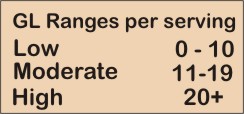
As you can see, in the example above, our four slices of whole-grain bread have a high glycemic load of 24, which will probably trigger an
insulin release. To avoid blood glucose spikes and a resulting overproduction of insulin, try to stay within low- to moderate glycemic load
ranges both per serving and per day.
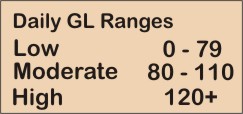
To help you better understand and apply the principles of glycemic indexing and glycemic load--and thereby have greater success with your low-glycemic eating plan--there are a few simple guidelines to follow.
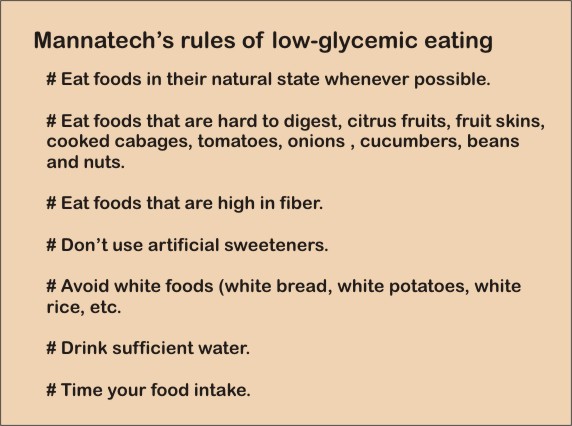
Remember, consuming a high-GI diet--one that is high in processed carbs, sugars or fried foods--can push your blood glucose
levels ever higher, which in turn can create an overproduction of insulin. An overproduction of insulin, in turn, can clear your blood stream
of all glucose, depleting your source of immediate energy. This can cause an energy crash and result in a subsequent craving for more
quick high-glycemic carbs. It becomes a vicious circle. See chart below:
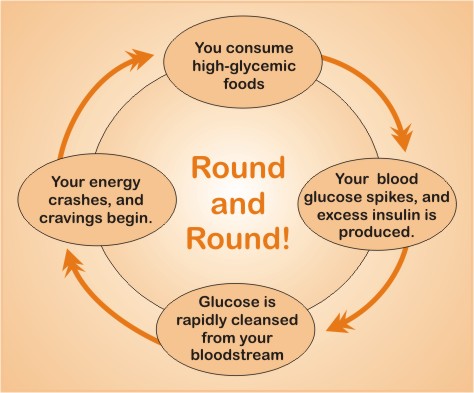
Go to beginning of article
|




 Core Technologies
Core Technologies
 Ambrotose®
Ambrotose®
 Ambrotose AO®
Ambrotose AO® MannaBears ®
MannaBears ® PhytoBurst™
PhytoBurst™
 NutriVerus™
NutriVerus™
 Optimal Support
Optimal Support PhytoMatrix®
PhytoMatrix®
 PLUS™
PLUS™
 BounceBack®
BounceBack®
 ImmunoStart®
ImmunoStart®
 MannaCLEANSE™
MannaCLEANSE™
 Optimal Support
Optimal Support Omega-3
Omega-3
 Uth™
Uth™
 new skin care
new skin care
 OsoLean®
OsoLean®
 GlycoSlim®
meal
GlycoSlim®
meal